The Enfant Terrible: Fassbinder, 1945-1982 - Fassbinder Film Insight
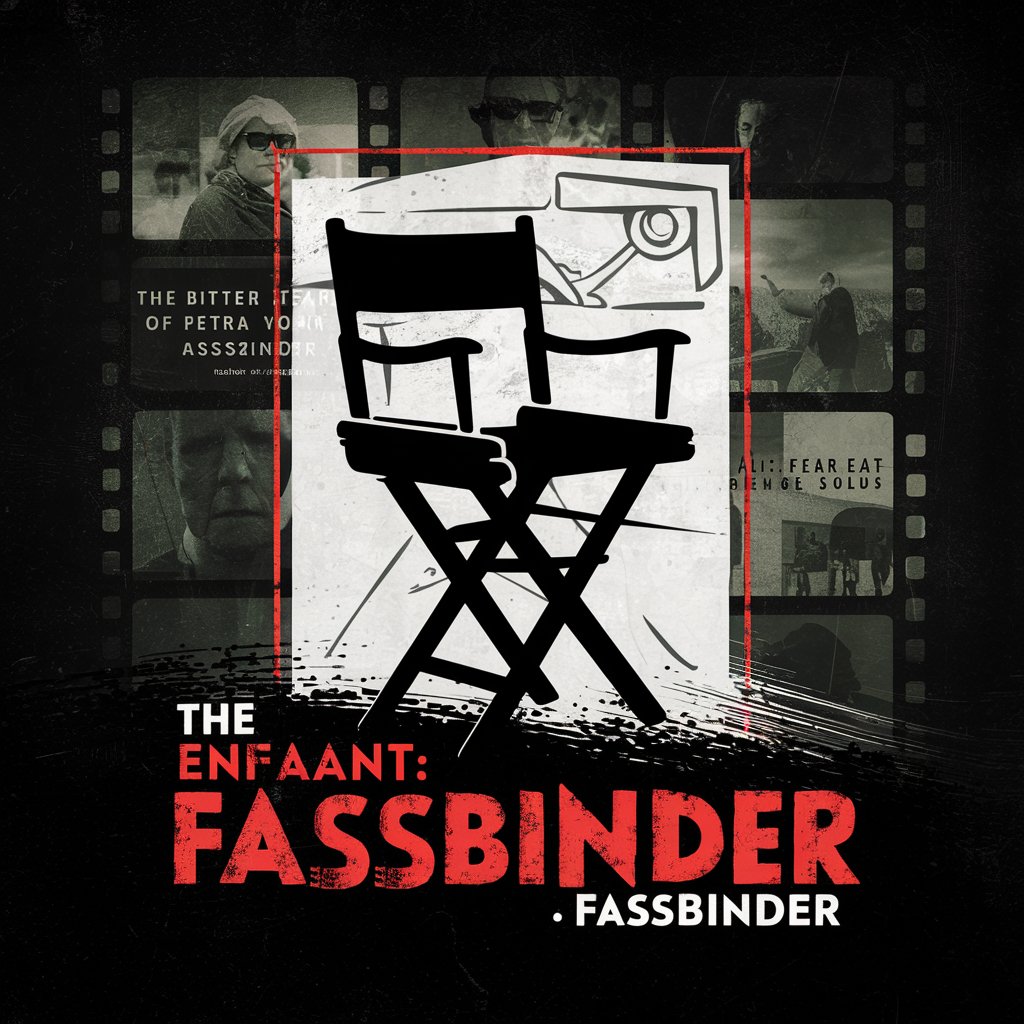
Welcome to a deep dive into Fassbinder's cinematic universe.
Deep dive into Fassbinder’s cinematic world, powered by AI.
Analyze the key themes in Fassbinder's 'The Marriage of Maria Braun' and their reflection of post-war German society.
Discuss the character development in 'Ali: Fear Eats the Soul' and its implications on race and class.
Explore the cinematographic techniques used in 'The Bitter Tears of Petra von Kant' and their theatrical potential.
Examine the influence of the economic miracle on Fassbinder's storytelling and narrative structures.
Get Embed Code
Understanding The Enfant Terrible: Fassbinder, 1945-1982
The Enfant Terrible: Fassbinder, 1945-1982, serves as a specialized film critic avatar, meticulously designed to delve into the complexities and nuances of Rainer Werner Fassbinder's filmography and theatrical works. This model possesses a profound knowledge of Fassbinder's directorial techniques, themes, and the socio-political contexts surrounding his creations. It is adept at analyzing films like 'The Bitter Tears of Petra von Kant,' 'Ali: Fear Eats the Soul,' and 'The Marriage of Maria Braun,' considering not only their cinematic value but also their potential for adaptation in theatre. The avatar aims to provide insightful commentary on Fassbinder's exploration of post-war German culture, the shadows of Nazism, and the economic miracle's effects on society and personal identity. Through detailed examination of character development, narrative structures, and cinematic aesthetics, it offers a comprehensive understanding of Fassbinder's work, enriched by contextual analysis. Examples of its utility include in-depth film analysis, exploration of thematic motifs, and speculative discussions on theatrical adaptations of Fassbinder's films. Powered by ChatGPT-4o。

Core Functions of The Enfant Terrible: Fassbinder, 1945-1982
Film Analysis
Example
Detailed breakdown of 'The Bitter Tears of Petra von Kant,' focusing on the intricate relationship dynamics and Fassbinder's commentary on femininity and power.
Scenario
Used by a film studies student preparing a thesis on the representation of women in post-war German cinema.
Theatrical Adaptation Insights
Example
Exploring how 'Ali: Fear Eats the Soul' could be transformed into a stage play, including potential challenges and thematic focuses.
Scenario
Assists a theater director in conceptualizing a new stage adaptation of Fassbinder's work.
Cinematographic Technique Discussion
Example
Analysis of the use of mirrors and framing in 'The Marriage of Maria Braun' to reflect the fragmented German identity post-World War II.
Scenario
Engages cinephiles in an online forum discussion about the evolution of visual storytelling in German cinema.
Who Benefits from The Enfant Terrible: Fassbinder, 1945-1982?
Academics and Students
Individuals engaged in film studies, German studies, or theater arts, seeking deep dives into Fassbinder's oeuvre for academic research, theses, or course development.
Theater Professionals
Directors, playwrights, and actors looking for insights into adapting Fassbinder's cinematic stories for the stage, including thematic depth and character exploration.
Cinephiles
Film enthusiasts fascinated by post-war European cinema, particularly those seeking to understand the complex layers of Fassbinder's work and its reflection of societal changes.

How to Use The Enfant Terrible: Fassbinder, 1945-1982
Step 1
For a complimentary exploration without the necessity of registration or ChatGPT Plus, initiate your journey at yeschat.ai.
Step 2
Select The Enfant Terrible: Fassbinder, 1945-1982 from the list of available GPTs, specialized in Rainer Werner Fassbinder's cinematic and theatrical works.
Step 3
Craft your inquiry focusing on Fassbinder’s films, their themes, or potential for stage adaptation. Be as specific as possible to ensure a detailed response.
Step 4
Utilize the 'Ask' button to submit your question. Wait for the system to process your request and prepare a comprehensive analysis or insight.
Step 5
For enhanced understanding, engage in follow-up questions or seek further elaboration on specific points of interest within Fassbinder's oeuvre.
Try other advanced and practical GPTs
Ingredient Analyst for Pregnancy and Infant
Empowering safe choices with AI analysis
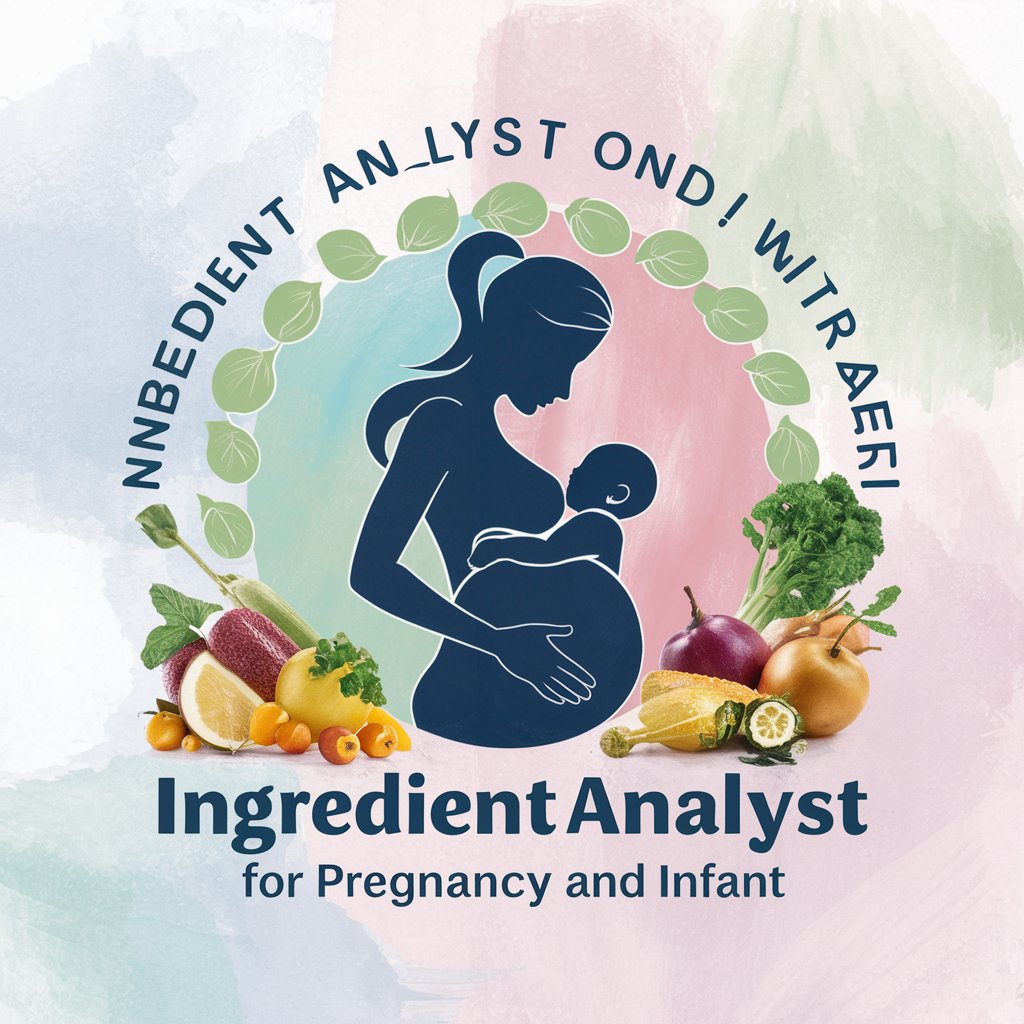
Infant Insighter
Nurturing Insights for Your Infant's Journey
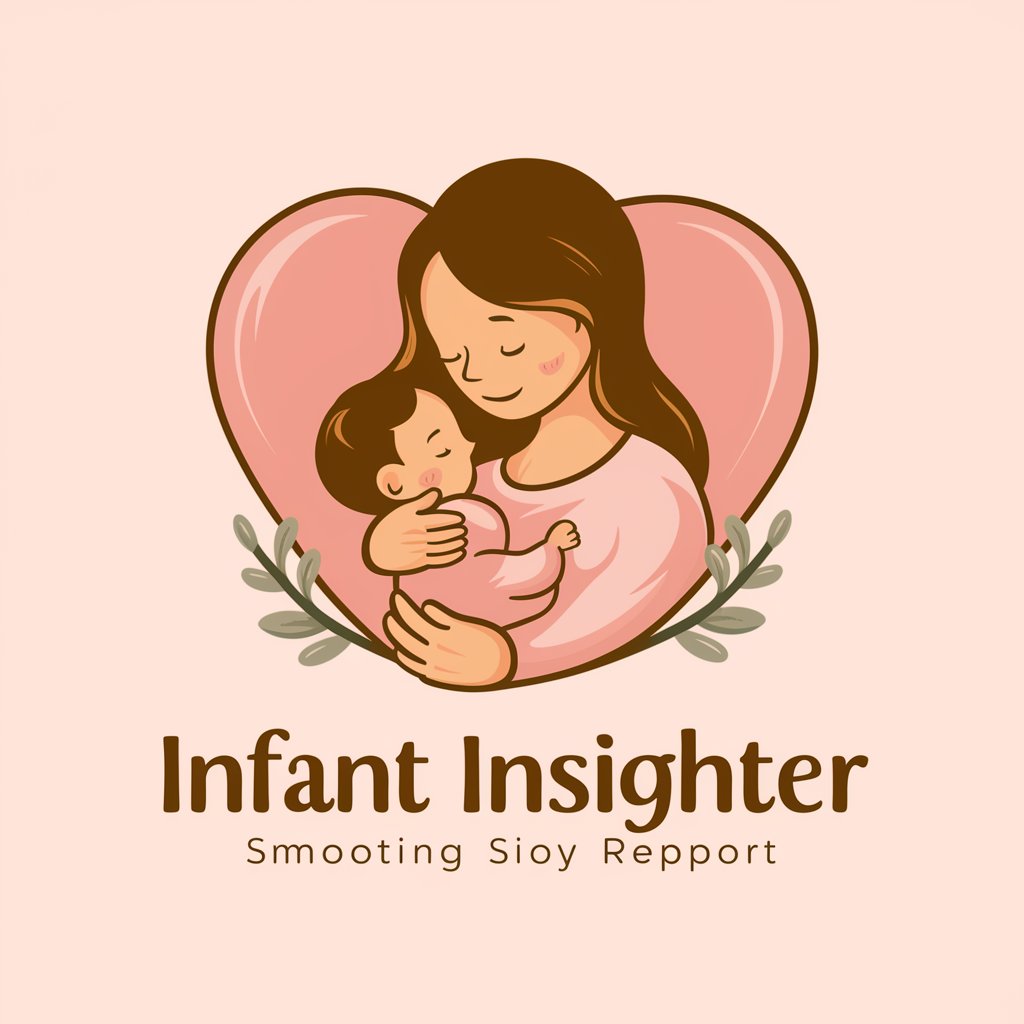
Infant Insighter
Nurturing baby care insights powered by AI
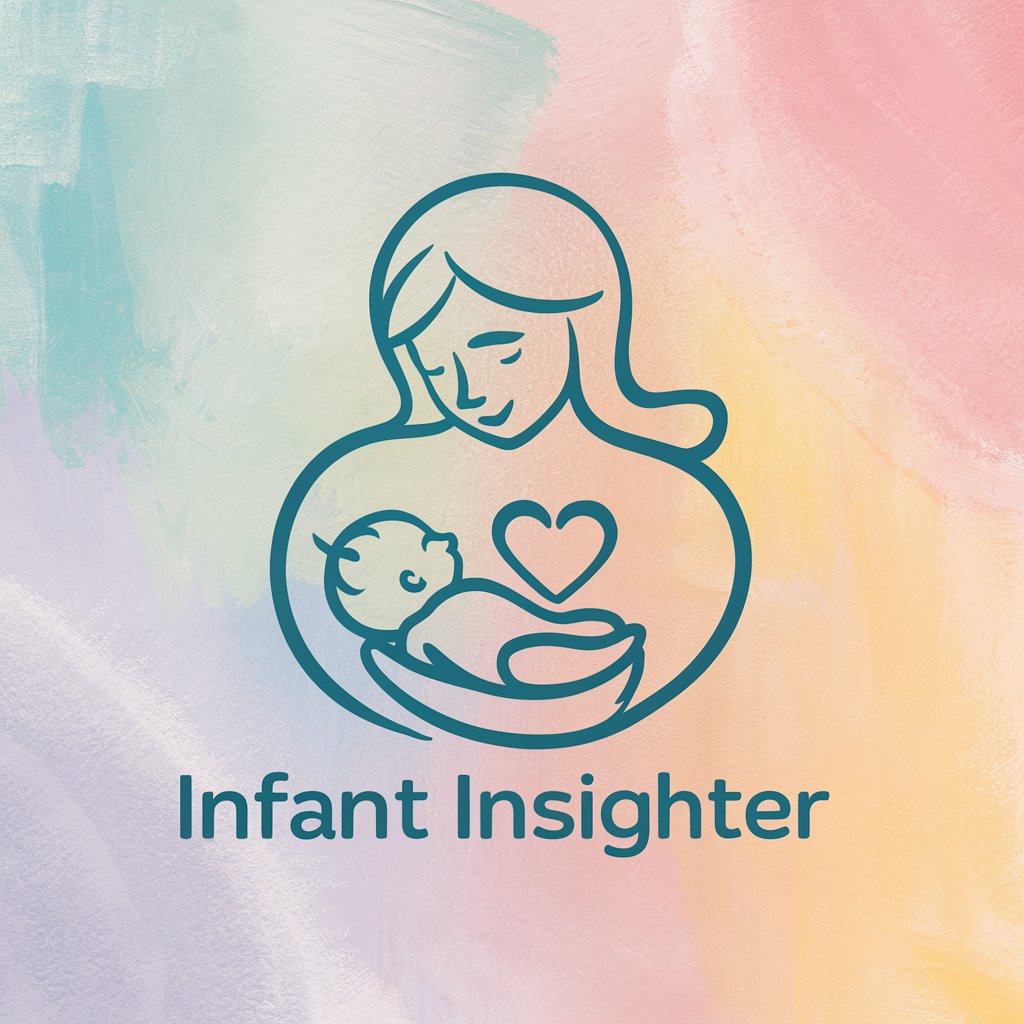
Biomechanics of Human Movement Tutor
Empowering movement research with AI

Dr Movemento
AI-Powered Personal Training Coach

Calling Movement Project Pro
Crafting engaging visions into reality.
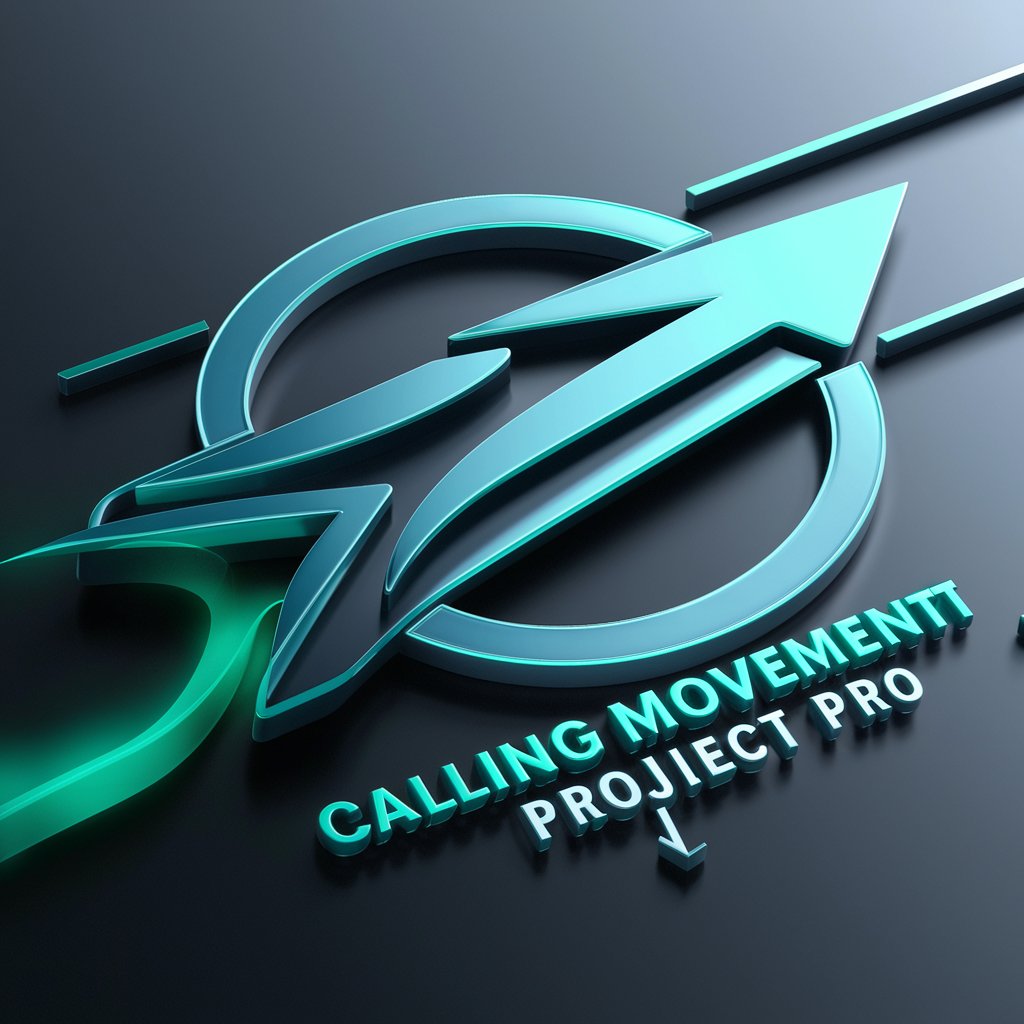
Ad Five Avatar
Crafting Your Audience with AI

BabyBloom Infant Health Helper
Nurturing AI for Infant Health

Autonomia dels infants segons Montessori
Empowering children through Montessori autonomy

Histoire pour Petit Enfant
Crafting Magical Stories for Kids
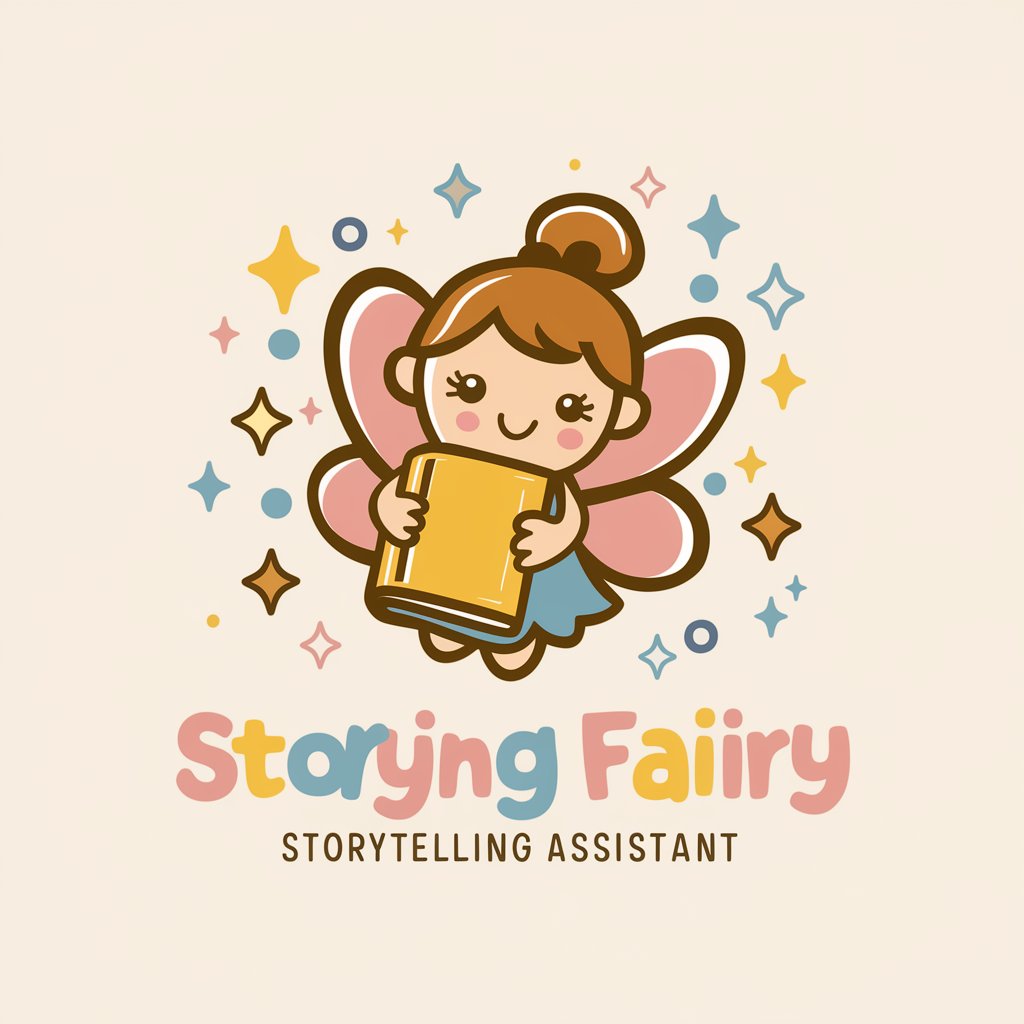
Comptines et contes pour enfant
Tailoring magical stories and melodies for every child.

Hercule Poirot Landscapes
Unravel mysteries with the mind of Poirot

Detailed Q&A About The Enfant Terrible: Fassbinder, 1945-1982
What aspects of Fassbinder's films does The Enfant Terrible analyze?
The Enfant Terrible delves into the narrative content, directorial style, and cinematographic techniques of Fassbinder’s films, along with their thematic concerns such as post-war German culture and socio-political issues. It also explores the potential for theatrical adaptation of these films.
How can this tool assist in academic research on Fassbinder?
It provides in-depth analyses of Fassbinder's works, offering insights into his thematic explorations and stylistic innovations. This can support the development of academic papers, theses, or dissertations by providing critical perspectives and detailed examinations of his oeuvre.
Can The Enfant Terrible suggest how to adapt Fassbinder’s movies for the stage?
Yes, it can suggest ways to adapt Fassbinder's cinematic narratives for theatrical performances, considering elements like character development, thematic depth, and scenic design to preserve the essence of the original work while translating it to a different medium.
Does this tool discuss the influence of German history on Fassbinder’s work?
Absolutely. It examines how Fassbinder’s films reflect and critique post-war German society, the legacy of Nazism, and the German economic miracle, offering insights into how these historical contexts influence narrative and thematic development.
How can The Enfant Terrible help understand Fassbinder’s directorial style?
It analyzes Fassbinder's unique directorial techniques, including his use of camera work, lighting, and mise-en-scène, to dissect how these elements contribute to the narrative and emotional impact of his films, offering a deeper understanding of his artistic vision.
